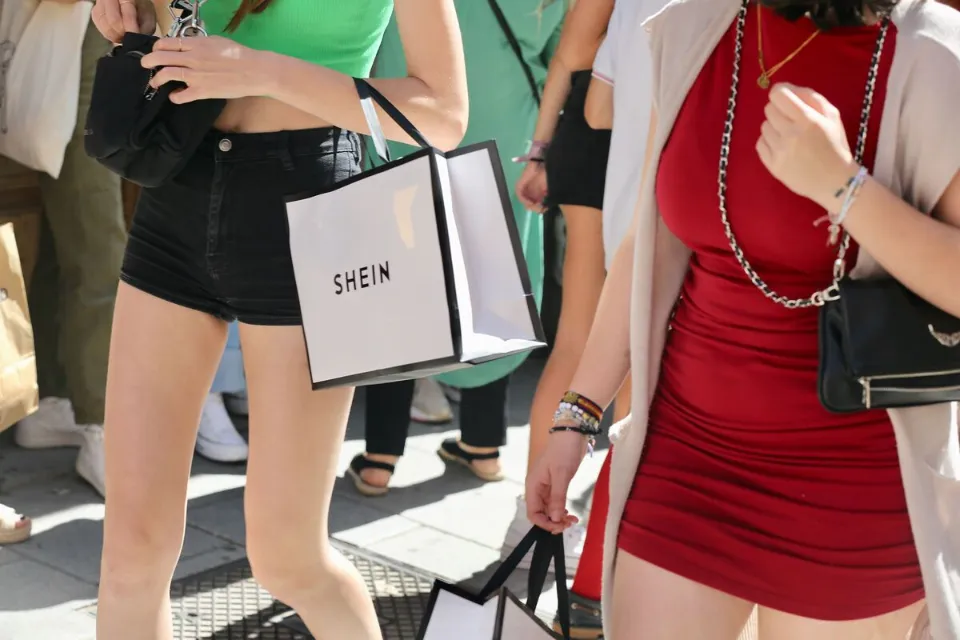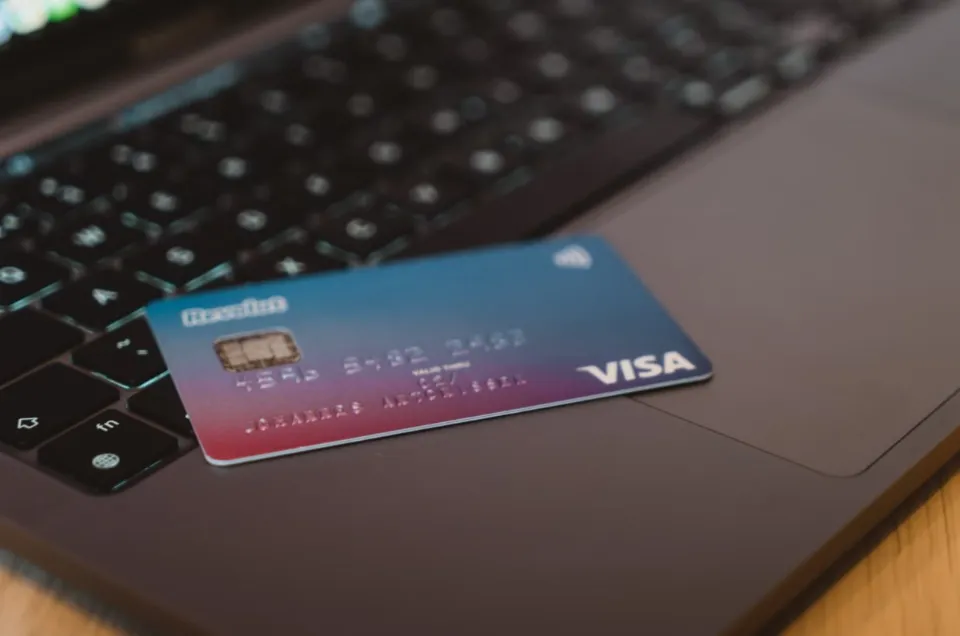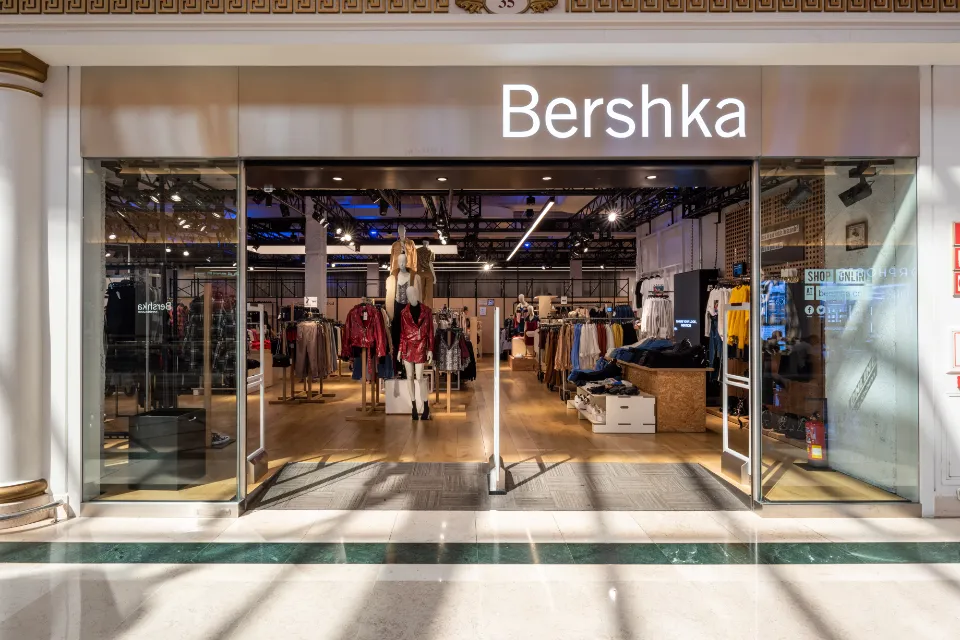Shein is praised for its cutting-edge designs, low prices, and wide range of products, but the one-stop shop for fashionistas has faced harsh criticism for its environmentally unfriendly goods. So why is Shein bad for the environment?
Over half of fast fashion like Shein is thrown away in less than one year. Shein is in charge of accelerating as a brand that releases thousands of new styles every day.
This excessive consumption not only causes overflowing landfills and the dumping of used clothing in Africa, but it also wastes a tremendous amount of water, energy, and CO2 to produce new clothing that will only be thrown away shortly after.
Keep reading, This article answers all about why is Shein bad for the environment.
Is Shein Bad for the Environment?
Shein receives very low scores, from the quality of their apparel, to how they are against the environment. First, they use materials that are not fit for the environment at all.
They range from microplastics to dangerous chemicals, and all of these contribute to carbon emissions, which cause climate change and the subsequent rise in global temperatures.
In addition, when released into the environment, the microfibres will act as a magnet for organic pollutants and absorb toxic stuff from detergents and fire retardant chemicals they meet in the waste systems. They will endanger not only the sea creatures but also humans who will later eat them because sea animals will mistake them for food and eat them.
Secondly, Shein mass-produces cheap and poorly-made clothing and perpetuates a throwaway fashion culture simply by existing. In making the substandard products, no one knows how many laws are broken, and the complete amount of suffering endured by the laborers as well as the environment.
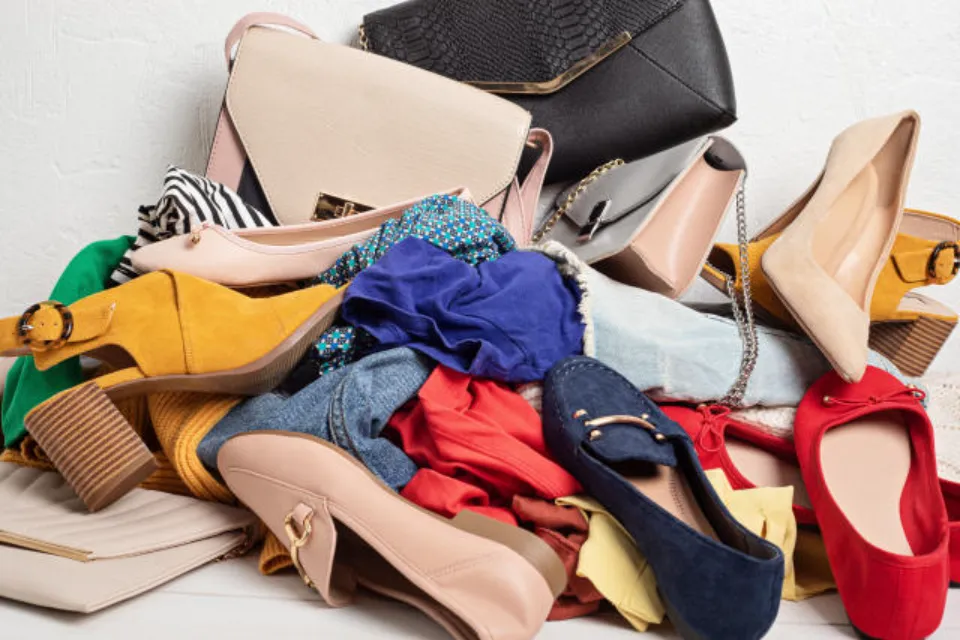
Thirdly, and speaking of laborers, Shein makes as much effort for its laborers as it does for the environment. So it should not be surprising to learn that the workers may not have had adequate protection from the effects of COVID-19.
The next point is that animals are a part of both nature and, regrettably, the fashion industry. They may not use wool from unidentified sources, but they do use wool in their products. They may not use leather, exotic animal hair, fur, down, angora, or exotic animal skin.
The brand doesn’t appear to be making any significant efforts to lessen its significant environmental impact, aside from using a few eco-friendly materials here and there.
Related Post: Is Shein Ethical?
Why is Shein Bad for the Environment?
Here are some reasons why is Shein bad for the environment.
The Production Relies on Harmful Chemicals
They use harmful chemicals, like dyes, to make their fast clothing. These substances poison our soil and water, harming both humans and marine life as a result.
Farmers also use chemicals, primarily pesticides, to cultivate the materials required to make all of these trendy fast fashion items. This causes further harm to the environment, not to mention the farmers themselves.
Their Recycling Programs Are Virtually Non-existent
The business claims that they do recycle their products. Their recycling program, however, is a complete failure and leaves little to be desired.
When it comes to what happens to the company’s clothing, how much of it is recycled or sold again, and what it is recycled into, the company is not open about it. It wouldn’t be surprising to learn that they get thrown out.
Many of Their Products Are Made Using Plastics
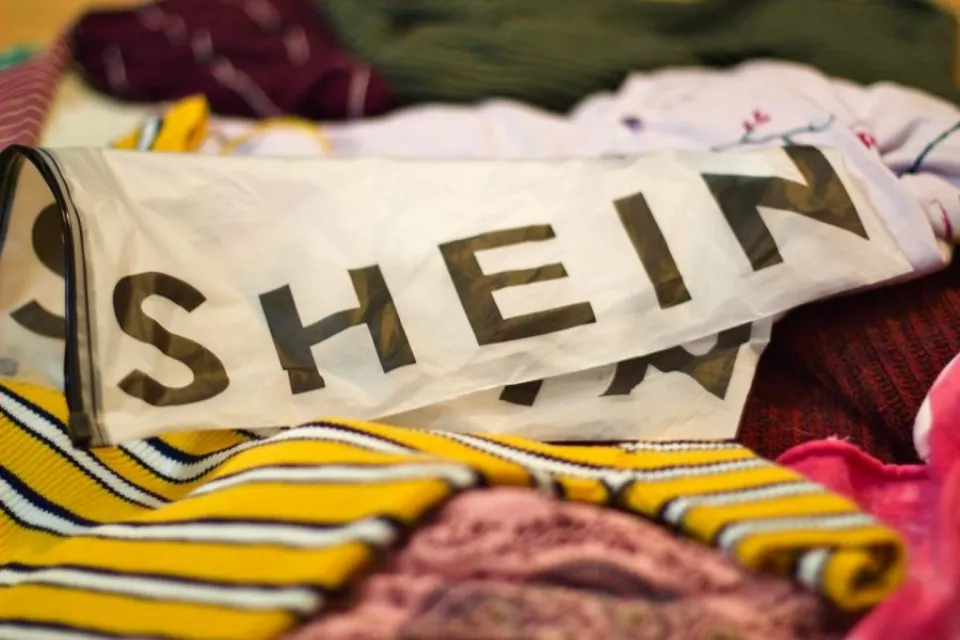
Plastics do not biodegrade and are a poison to the environment. Therefore, it means that Shein products will not biodegrade in the trash like cotton or wool clothing would.
They will therefore continue to harm the environment, particularly when they release carbon dioxide. It also keeps us dependent on fossil fuels and makes us use them more frequently.
Read More: Do Shein Clothes Shrink?
They Offer Low-quality Products
They are low quality since their clothing is inexpensive. Within months of use, they begin to tear and are eventually discarded.
Continuing to support such a business will only result in more environmental damage because their products will only be disposed of in landfills.
Also Read: Does Shein Run Small?
Is Shein a Sustainable Brand?
Shein is not a sustainable brand at all. They omit to mention a number of significant environmental practices.
One is the materials they make use of. Shein clothing is primarily made of virgin synthetics like polyester, which is made from plastic and fossil fuels, instead of the organic, natural, or recycled materials that brands should prefer to use.
Besides, Shein uses harmful dyes. Utilizing animal products is third. Even though they say they don’t, their products do contain leather and fur. They are either fabricating their use of animal products or using vinyl synthetics made from plastic to create fake leather and fur.
Fifthly, if clothes are made to last, why do they deteriorate so quickly after a few years if they don’t recycle the water used in their manufacturing process?
All of their products are finally packaged in plastic bags. They have taken significant steps to ensure that they are neither ethical nor sustainable.
A recycling program has also been launched, and participants are rewarded with gift cards.
There are two issues with this program: first, it frequently appears at college pop-up events, and second, when a fast-fashion company uses it in place of other genuine sustainability measures, it engages in greenwashing.
Consequently, it is a way of erasing guilt associated with excessive consumption.
Final Words: Why is Shein Bad for the Environment
Shein became a global fashion trailblazer for its stylish yet affordable clothing and accessories. Every day, it gives customers all over the world thousands of new options.
However, the global company has some questionable practices because of the nature of fast fashion, such as its negative impact on the environment and poor working conditions. The brand’s reputation has gradually declined as a result of issues involving violations of intellectual property rights.
Is Shein a reliable name? You be the judge!
Read More: Is Cider Better Than Shein?
FAQs
Does Shein Use Child Labor?
The company claims it “never engages in child or forced labor“.
Does Shein Use Sweatshops?
Prices at SHEIN are supported by exploitative business methods and slave labor.
Who is the CEO of Shein?
Chris Xu founded Shein started selling trendy clothing in more than 150 countries in 2012 and has since turned it into a fast-fashion phenomenon with Gen Z.

